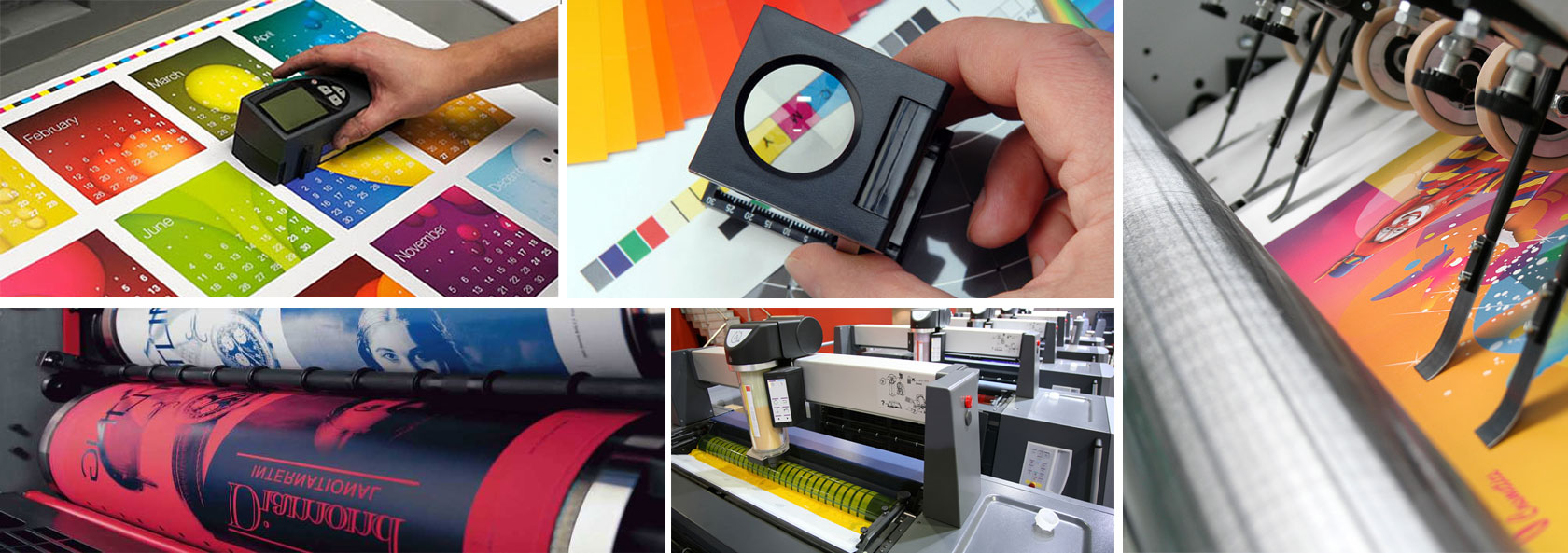litho printing vs Inkjet Printing: What to Understand
litho printing vs Inkjet Printing: What to Understand
Blog Article
A Comprehensive Guide to Understanding Litho Printing Methods
The world of litho printing, a technique stemming from the late 18th century, is an interesting mix of history, innovation, science and art. Remain with us as we journey right into the captivating world of litho printing.
The Historic Advancement of Litho Printing
The historic trajectory of litho printing, a crucial technology in the world of interaction, is a captivating tale of human resourcefulness. The procedure evolved with the development of the rotating press, which significantly enhanced productivity. Each stage of litho printing's development showcases mankind's ruthless search of effectiveness and top quality in aesthetic interaction.
Decoding the Scientific Research Behind Litho Printing Inks
Progressing in the expedition of litho printing techniques, the emphasis now moves to the scientific research behind litho printing inks. The make-up of these inks, their drying out process, and color mixing methods form the foundation of this intricate art kind. Recognizing these aspects is important to understanding the craft and attaining the desired print outcomes.
Make-up of Litho Inks
In lithographic printing, the fundamental function of litho inks can not be overemphasized. Pigments, the color-providing components, are finely ground bits suspended in the car, a liquid that lugs the pigment onto the printing surface. Each component plays a vital part in the last print's quality, making the specific formula of litho inks a complex science.
Ink Drying Process
From the make-up of litho inks, attention turns to the remarkable procedure of ink drying out. The drying out procedure is important, as it affects the final print's high quality and long life. Two primary methods are used in litho printing: oxidative drying out and absorption. Oxidative drying includes the ink reacting with oxygen airborne to develop a difficult, completely dry film. This approach supplies a durable coating, however can be slower contrasted to absorption. Absorption, on the other hand, entails the ink seeping right into the paper fibers, which is a faster procedure yet can lead to less vivid colors. The selection between these approaches is reliant upon variables such as print speed needs, the paper type used, and the preferred coating.
Color Mixing Methods
While the drying out procedure plays a crucial duty in litho printing, the science of color blending techniques holds equal significance. This is an intricate procedure that involves the mindful blending of key shades: cyan, magenta, and yellow, in differing percentages to achieve a wide array of tones. The enhancement of black ink, called 'crucial', helps in managing the intensity and depth of the shades. The scientific research behind litho printing inks additionally considers the openness of the ink, which influences how shades overlay and mix. To accomplish an effective shade mix, print specialists should also comprehend the complexities of ink habits, shade concept, and the physical buildings of the substratum on which the ink is applied.
The Art and Layout Elements in Litho Printing
Litho printing takes a breath life right into art and design through its special aspects. Litho printing accommodates a range of colors, allowing musicians to produce vibrant and lively prints. This combination of precision and adaptability makes litho printing a recommended selection for lots of artists and designers.
Modern Applications of Litho Printing Strategies
Litho printing methods have found comprehensive usage in the modern industrial market. Its impact and significance remain to grow with the development of brand-new developments click over here now and innovations in the field. This section will explore these modern applications and the transformative function they play in the printing market.
Industrial Litho Printing Uses
In today's digital age, one may wonder concerning the relevance of standard printing approaches. Yet, litho printing remains a crucial part of the industrial sector. High-volume printing jobs, such as the production of books, newspapers, and packaging, count on litho printing for its capacity to supply superior photo top quality and cost effectiveness. The procedure, which entails transferring an inked image from a plate onto a rubber blanket and afterwards to the printing surface area, offers unmatched uniformity. This makes it excellent for tasks calling for a large print run. Litho printing additionally gives a wide color spectrum, remarkable to that of digital printing. This makes it the click best choice for jobs that require dynamic, premium shade reproduction.
Innovations in Litho Printing
Pressing the borders of conventional strategies, contemporary advancements have fueled a host of technologies in litho printing. One noticeable development is electronic litho printing, which integrates the merits of digital innovation with litho's high-quality result. These innovations highlight the long-lasting relevance of litho printing in the contemporary world.
Exploring the Process of Litho Printing: Detailed

Obstacles and Solutions in Contemporary Litho Printing

Despite the accuracy and tradition that litho printing proudly promotes, it is not without its set of modern difficulties. Digital litho printing allows for economical short runs and very easy modification, addressing the issue of variable data. Thus, while there are challenges, the litho printing sector is proactively adapting to satisfy them head-on, ensuring its significance in the future.
Final thought
In verdict, litho printing, with its abundant history and clinical complexities, holds read this a substantial location in the print sector. The future of litho printing hinges on its capability to adapt to these changing demands, attesting its enduring worth in a developing market.

Report this page